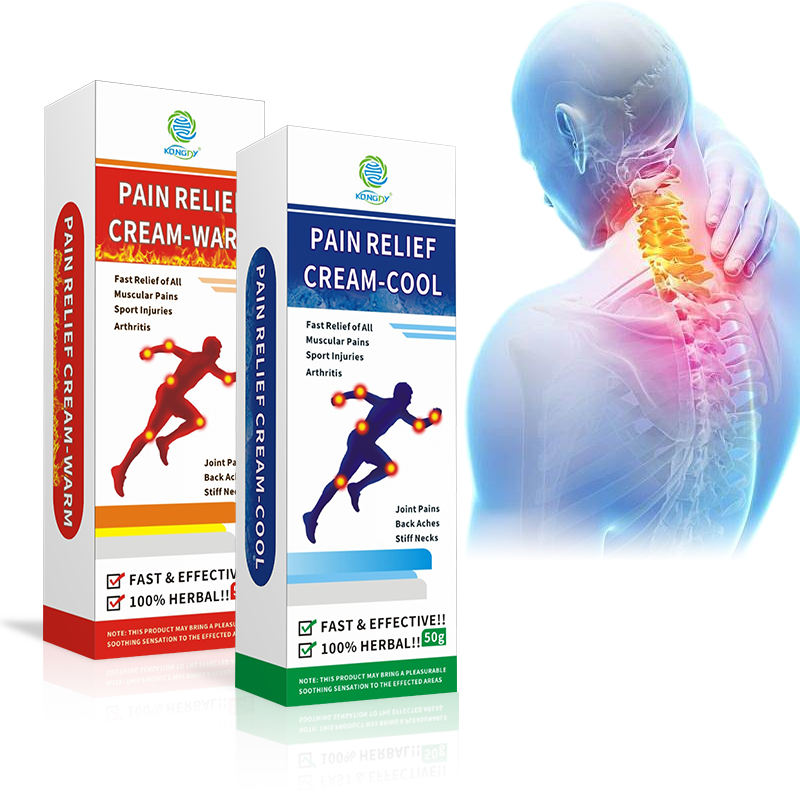Pain cream has become an increasingly popular solution for managing localized discomfort without the need for oral medications. These topical treatments work by delivering active ingredients directly to the affected area, providing targeted relief for muscle aches, joint pain, and minor injuries.
Most pain creams contain one or more active ingredients such as menthol, camphor, capsaicin, or salicylates. Menthol creates a cooling sensation that helps distract from pain signals, while capsaicin, derived from chili peppers, temporarily desensitizes nerve endings. Salicylates work similarly to aspirin, reducing inflammation at the application site.
The primary advantage of pain cream is its localized action. Unlike oral pain relievers that affect the entire body, topical applications concentrate their effects where needed most. This targeted approach often means fewer systemic side effects and reduced risk of drug interactions.

Application is typically straightforward: clean the affected area, apply a thin layer of cream, and gently massage until absorbed. Most products recommend using them three to four times daily, though you should always follow package instructions or your healthcare provider’s guidance.
Pain creams work best for surface-level discomfort such as muscle strains, arthritis pain, or sports injuries. They’re particularly effective for conditions like tennis elbow, knee pain, or back muscle tension. However, they may be less effective for deep joint pain or nerve-related conditions.
Before using any pain cream, check for allergies to listed ingredients and avoid applying to broken skin. If you experience increased pain, rash, or irritation, discontinue use immediately. While generally safe, consulting with a healthcare professional ensures you choose the most appropriate treatment for your specific condition.






